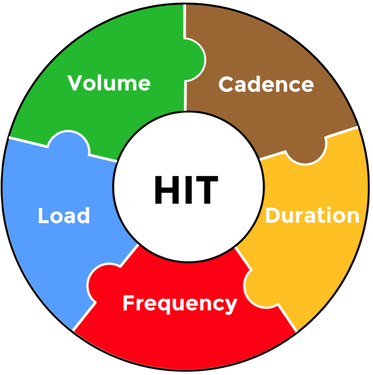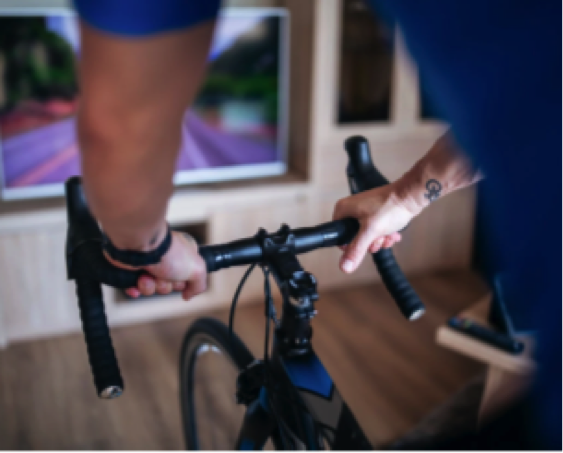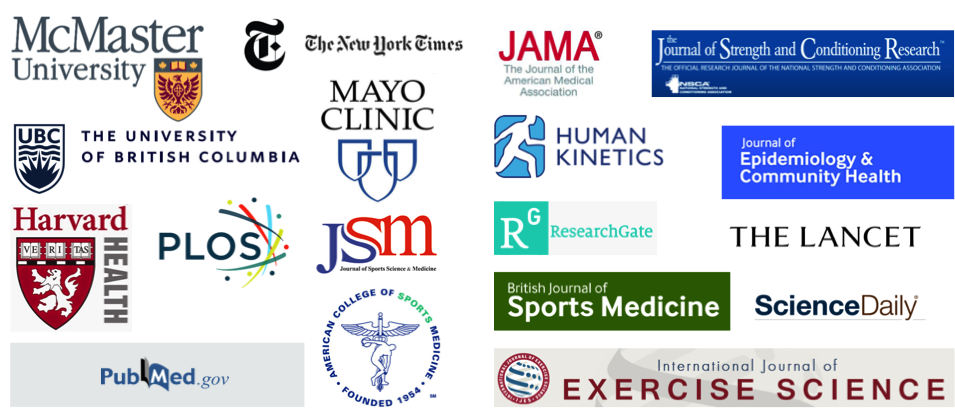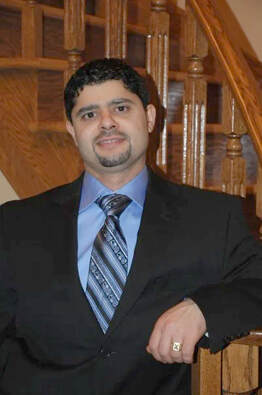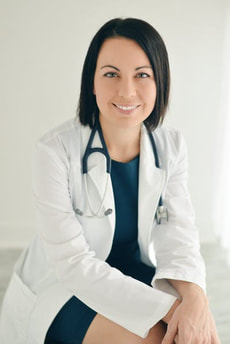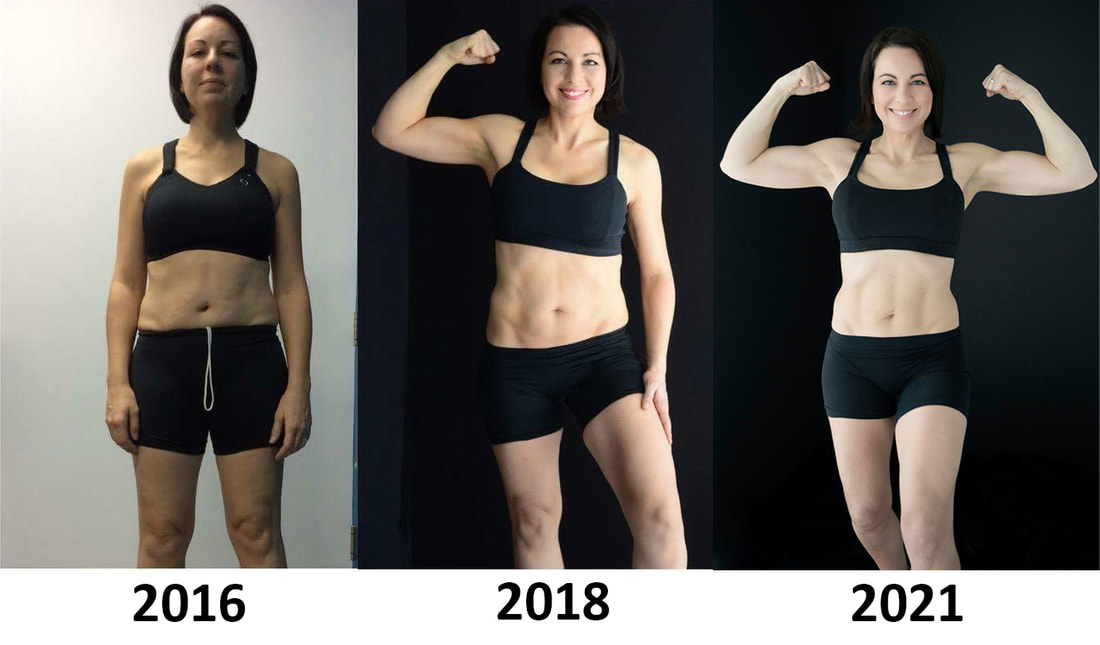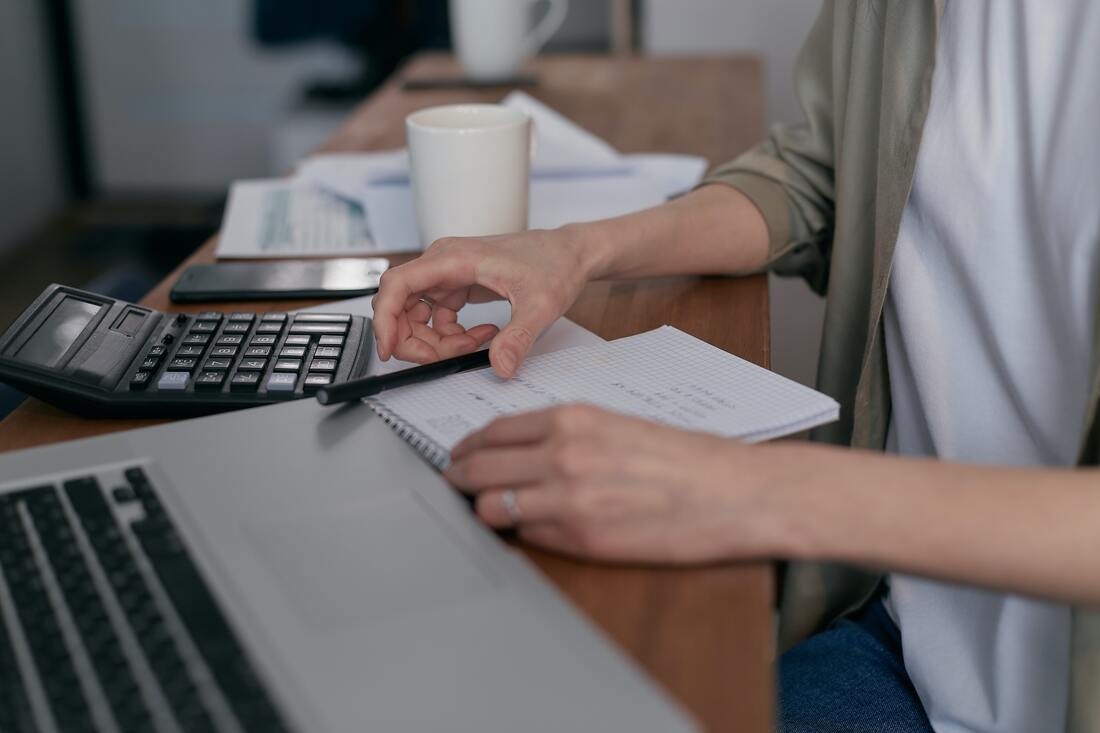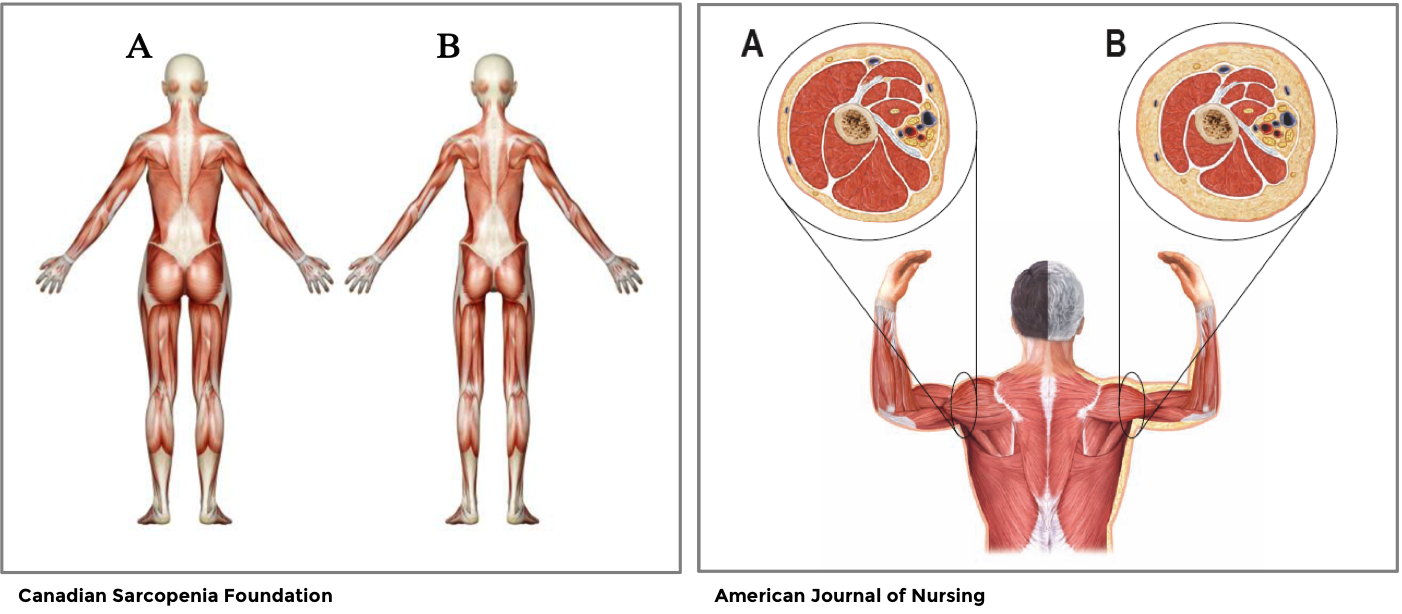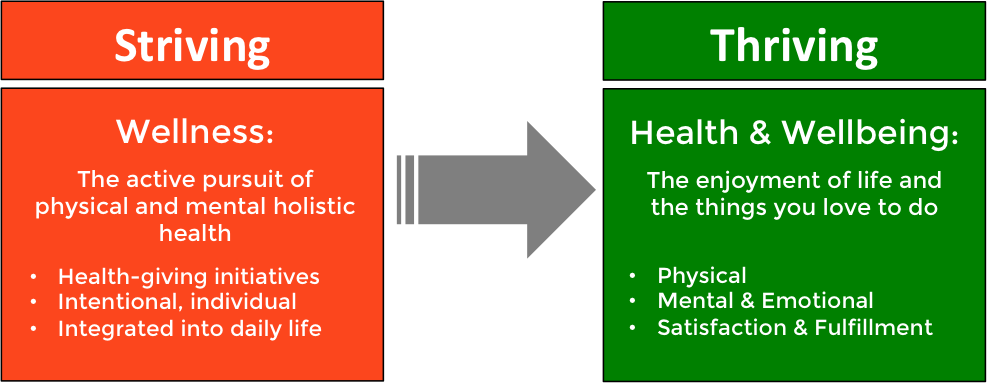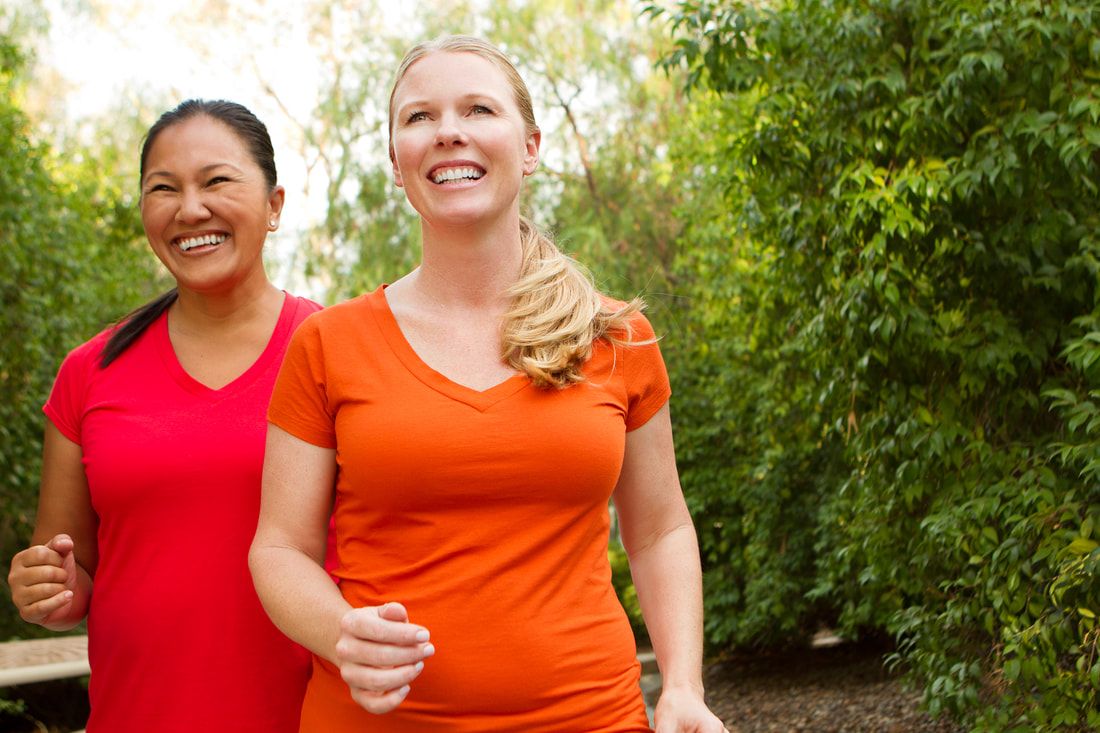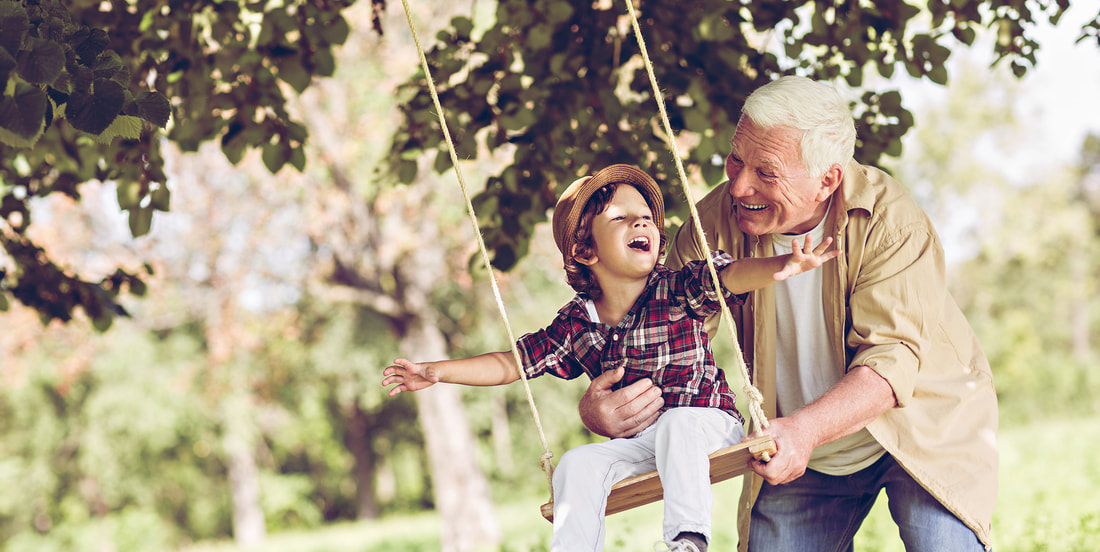High Intensity Training (HIT)The S+ strength training program uses the High Intensity Training (HIT) method to help you make impressive gains in:
The evolution of HITHigh Intensity Training was introduced in the 1970s by Arthur Jones, a pioneer in the field of physical exercise and strength training. Jones was an inventor and businessman who developed the Nautilus strength training equipment and was the founder of Nautilus, Inc. and MedX, Inc.
HIT in a nutshellHigh Intensity Training is a method of progressive resistance exercise. HIT is characterized by a progressively challenging level of anaerobic effort with brief and infrequent workout sessions. (“Anaerobic” means “without oxygen”. Practically speaking, anaerobic exercise improves your conditioning in a shorter period of time by working your muscles with greater intensity as compared to aerobic exercise—such as jogging—that requires more oxygen and takes longer to have a conditioning effect.) HIT is governed by 5 essential principles:LoadThe amount of weight or resistance used in an exercise to give you maximum personal results. The load is initially adapted to your start-up capability and then progressively increased as desired and required. VolumeThe amount of “work” you do in your strength training sessions. This is measured in the number of sets and repetitions that are required to fatigue your muscles. Typically, the volume is a single set of a limited number of repetitions. The volume is adapted to your capability, just sufficient to intentionally tire your muscles. CadenceSlow and deliberate movements. These will produce maximum personal results in a limited amount of time. DurationThe time required for a set of repetitions to fully fatigue each major muscle group you exercise. Durations are typically short due to the slow cadence and the challenging loads. FrequencyOnce or twice per week to ensure recovery—so that muscles have time to rest and rebuild. In a nutshell, the HIT method is built on:
H.I.I.T vs. H.I.T: What's the difference?You may also have heard of High Intensity Interval Training, or HIIT. HIIT is different from High Intensity Training (HIT), and it’s important to understand the difference. The main purpose of HIIT is to improve your physical condition by increasing your capacity to absorb oxygen and improve your cardiovascular function, including glucose metabolism. HIIT involves alternating periods of high and medium intensity exercise that may last 30 minutes or less: brief bursts of all-out, high (near-maximum) intensity exercise followed by medium (or low) intensity exercise. Typically, HIIT is done on a stationary bicycle, although it can be done without any equipment, including vigorous and rapid push-ups, squats, burpees, and lunges, among others. HIIT exercise was made popular in the 2010s at a time that exercise science ramped up its research into the question “How little time is required to get benefits from exercise?” The New York Times Wellness columnist, Gretchen Reynolds, published “The First 20 Minutes” in 2012, bringing to the public consciousness how relatively little time was required to bring real benefits to those who were willing to put in the effort. Many programs and books followed with titles like “The 20 Minute Body”, “Short Workouts for Beginners”, “10 Minute Workout”, “7-Minutes Body Plan”, “4-Minute Workout”, and others, as enthusiasts and promoters got on the “intensity” exercise bandwagon. Remember: This relatively recent surge in interest in briefer, more intensive, exercise came about thirty years after Arthur Jones first introduced his notion of high intensity training that is the foundation of S+’s strength training program! However, McMaster University in Canada and the Norwegian University of Science and Technology have tested HIIT regimens with senior populations and have found that the HIIT exercise was tolerated and had positive effects on the physical and mental quality of life of the study participants.
In Summary… High Intensity Training is a method of progressive resistance exercise, characterized by an increasingly challenging level of effort, with brief and infrequent workout sessions. HIT builds your strength and requires only a small commitment of time with little to no risk of injury. We’re not saying that HIT strength training is the only exercise you might want to do. There are many exercise routines that are useful ways to build your fitness: walking, jogging, cycling, and weight lifting, among others. But, if you have limited availability for exercise, and you want superior results, in less time, and in the safest way possible, HIT strength training is the one exercise you should do.
0 Comments
Evidence-based Benefits of Strength Training The benefits of strength training are well known. That’s why it is recommended by health and fitness authorities across the world. Health Canada recommends that both younger (16-64 years) and older (65+ years) adults should engage in muscle and bone strengthening activities 2 days per week. The benefits of strength training have been proven for many years and continue to be the subject of rigorous research undertaken by respected institutions and then reported by authoritative sources, including, among others:
Here are some evidence-based conclusions about strength training for a range of life-enhancing benefits. (Click on the link to access the research study.) 1. Increased Strength (in little time) “Marked increases in strength and endurance can be attained by resistance-trained individuals with just three 13-min weekly sessions over an 8-wk period, and these gains are similar to that achieved with a substantially greater time commitment.” Medicine & Science in Sports & Exercise 2. Stronger bones “Of the several exercise training programs, resistance exercise (RE) is known to be highly beneficial for the preservation of bone and muscle mass.” Journal of Endocrinology & Metabolism 3. Weight control “Among nearly 1.7 million US adults, meeting both aerobic and muscle-strengthening exercise guidelines was associated with a lower obesity prevalence, and associations were more pronounced for higher obesity classes.” Obesity 4. Lower blood pressure “Endurance, dynamic resistance, and isometric resistance training lower SBP [systolic blood pressure] and DBP [diastolic blood pressure], whereas combined training lowers only DBP. Data from a small number of isometric resistance training studies suggest this form of training has the potential for the largest reductions in SBP.” Journal of the American Heart Association 5. Decreased risk of diabetes “These data support the inclusion of muscle-strengthening exercises in physical activity regimens for reduced risk of type 2 diabetes and cardiovascular disease, independent of aerobic exercise.” Medicine & Science in Sports & Exercise
6.Reduced depression / Improved Memory
“Resistance exercise training (RET) significantly reduced depressive symptoms among adults regardless of health status, total prescribed volume of RET, or significant improvements in strength.” JAMA Psychiatry 7. Reduced Anxiety “Guidelines-based RET [resistance exercise training] significantly improved anxiety symptoms among young adults.” Nature 8. Improved metabolism “Individuals with a higher baseline in systolic blood pressure…derived greatest benefit from the resistance training intervention, regardless of how many times-a-week they trained [with] no evidence that higher training frequency would induce greater benefit regarding inflammation markers or glycemic profile in healthy older adults.” Frontiers in Physiology 9. Breast cancer survivor rehabilitation “We conclude that a supervised, high-intensity strength training program seems to be an effective means to improve muscle strength, cardiopulmonary function, and HRQOL [health-related quality of life] and should be incorporated in cancer rehabilitation programs.” Acta Oncologica 10. Reversal / reduction of sarcopenia for a longer, more active life “Progressive strength training in the elderly is efficient, even with higher intensities, to reduce sarcopenia [progressive skeletal muscle and strength loss], and to retain motor function.” Scandinavian Journal of Medicine & Science in Sports Dr. Èvelyne Bourdua-Roy, MDI will be doing a periodic spotlight on the splusstudio.com blog where I talk with an S+ clients about their fitness objectives and experience with the S+ strength training program. Today’s spotlight is on Dr. Èvelyne Bourdua-Roy, MD. Randall Lightbown: Hello, Èvelyne! You are my first spotlight guest, and it’s a pleasure to speak with you today about your personal health and fitness regime and how S+ has helped you achieve your objectives. Èvelyne Bourdua-Roy: It’s my pleasure, Randall, and thanks for having me.
Randall: Èvelyne, you hardly need an introduction, especially for followers of North America’s leading medical issues, and particularly when it comes to metabolic diseases such as obesity, diabetes, and hypertension. But here goes: You are a family medicine doctor in Québec and are board-certified in Obesity Medicine by the American Board of Obesity Medicine. You are co-author of six best-selling books about metabolic health and diet management. And you are the founder of Clinique Reversa, a not-for-profit metabolic program that helps patients reverse their lifestyle-related chronic diseases, where you supervise a multidisciplinary team of nurses, kinesiologists, psychologists, pharmacists, medical assistants, coaches, and doctors. You also find the time and energy to host and participate in international conferences, appear as a guest on numerous television and radio shows and podcasts, and write articles and blogs about nutrition. You are also a fierce advocate for the rights of female doctors. And, last but not least, you are the mother of two young children. Èvelyne, how do you do it all? Èvelyne Bourdua-Roy: Doctor of family medicine, co-author of three best-sellers, founder of Clinique Reversa, conference presenter, media guest, blogger, advocate for rights of female doctors, mother of two young children Èvelyne: Well, thanks for that introduction, Randall! Obviously, I have accomplished those things over a number of years, so time and experience are part of the answer. But, perhaps more importantly, I have always tried to be very clear about my personal and professional objectives and focused on how to achieve them. I truly believe that anyone who takes the time to identify clear and achievable objectives, and pursues those objectives passionately and consistently with small, doable, and regular steps, can accomplish much more than they might at first imagine. Identify clear and achievable objectives and pursue them passionately and consistently with small, doable, and regular steps Randall: Well, you almost make it sound easy, and I’m sure it’s not. But tell us a little about the “small, doable, regular steps” that you carry out—as you said—“consistently” that put you on the path to achieving so much. Èvelyne: Right! Well, perhaps “easy” is not the best word, but everything that is worth pursuing—success in your profession and in your family life—is well worth working for. The key, I would say, is energy. Because, if you have sufficient energy to tackle your pursuits—again, in small, doable, and regular steps—you will find that you can pretty much—metaphorically speaking—move mountains! Randall: This is both encouraging and exciting! So, how do you build up and maintain the energy that you need to “move mountains”? Èvelyne: My—and I believe the answer—is in two parts: good nutrition and strength training. If you want to have sufficient energy to do everything you love to do (both at work and at play), you need to 1) eat the food that’s right for you, and 2) build and maintain skeletal muscle, where most of our energy sources are stored. Build and maintain energy with good nutrition and strength training And if you do these two things consistently—in small, doable, regular steps—you will be prepared to tackle a whole range of personal and professional objectives that will bring you pleasure and happiness in your life. They certainly have in my life! Randall: This is great news for anyone out there who needs some encouragement to get organized and on the right track to meet their everyday professional and personal challenges. So, since you’ve been a client for a number of years, please tell me how the S+ program has helped you fit strength training as one of those “small, doable, regular steps” into your busy schedule. (As you know, S+ has also begun to provide nutrition coaching, but let’s save that topic for another discussion.) Èvelyne: Simple answer, Randall: I do a strength training routine once or twice a week—regularly and consistently—for only 20 minutes. That’s all I need to develop and maintain the muscle tone and mass I want. Those 20 minutes give me the energy I need to get through my long days of clinical work with patients, advising the team at Clinique Reversa, traveling to conferences, making meals at home, playing with my children—and picking them up with ease when I need or want to—all this is possible because I eat right and exercise smart! Strength training once or twice a week for only 20 minutes—That’s all I need to develop and maintain the muscle tone and mass I want…because I eat right and exercise smart! At only 20 minutes, my strength training routines are brief, doable, and tremendously effective! And this is true for both in-studio machine workouts and Zoom video body weight sessions that you and I have done during the pandemic. And don’t forget: a big part of the magic is the role that you play as personal trainer—knowledgeable, empathetic, encouraging—these are critical ingredients in the S+ method of high intensity strength training. Personal trainer: critical ingredients of knowledge, empathy, encouragement Randall: Well, thanks for saying so, Èvelyne. And if you’ll permit me to summarize your personal wisdom on the question of health and wellbeing: “Good Nutrition + Strength Training = Energy for the pursuit of professional and personal objectives.” And, in your case, the result has been satisfying achievement, health and happiness. Èvelyne: That’s a good summary! And I hope that anyone out there looking for a way to more effectively manage their professional and personal lives with increased energy will take that summary to heart. Randall: Thanks again, Èvelyne. Èvelyne: Pleasure! And thanks for inviting me to share my energizing experience with S+. Have you been sitting a lot lately?Sitting or remaining essentially immobile for long periods of time can have negative effects on your skeleton, muscles, and metabolism if you’re not physically active at times in your day. This can result in neck and back pain as well as the risk of metabolic syndrome. “Sitting for prolonged periods can compromise metabolic health.” (Exercise and Sport Sciences Reviews) Metabolic syndrome is defined as a person having three of the following five conditions:
Exercise to the rescue! Fortunately, metabolic syndrome can be held in check by remaining moderately active in your day-to-day life. This can include both aerobic fitness activity—such as fast walking or jogging—and anaerobic activity—such as strength training. A study published in the Journal of Lifestyle Medicine summed it up neatly: “…an active lifestyle improves one’s general health and decreases the risk of chronic disease.” (Journal of Lifestyle Medicine) Here are a few exercises you can do at the office (or at home) to tone your muscles without breaking too much of a sweat. You don’t have to do all the exercises during your workout session. If you’re taking a ten or fifteen minute break, try one or two of them. Then, next day, try some different exercises. And to be most effective, follow these guidelines:
Push-ups Target muscles: Chest, shoulders, triceps, abs Wall squats
Target muscles: Glutes, quadriceps, calves, abs  What is physical strength? Wikipedia defines physical strength as the “…exertion of force on physical objects” in order to lift, pull, or push them. In our everyday lives we lift boxes, pull open doors, push a grocery cart, and execute a variety of other actions. As if by magic, our brain sends signals to our muscles that are attached by tendons to the bones in our head, neck, arms, hands, legs, and feet to contract or relax in patterns that allow us to execute a myriad of complex movements: walk, shuffle, side-step, jog, stop, pivot, reach, bend, catch our balance…a symphony of movements that carry us through our daily tasks. …and why are our muscles so darn important? Skeletal muscles—those attached to our bones—account for the vast majority of the muscle mass in our body. (The other types of muscle are “cardiac” muscle—the heart—and “smooth” muscles—that are found in the walls of our hollow organs, the walls of the circulatory system, and in other parts of our body.) Skeletal muscles permit movement and functionality for our day-to-day activities. And strong muscles facilitate greater vigor and more confident movement. How do our skeletal muscles work? In order for our muscles to contract, they require energy. The source of that energy is called ATP (adenosine triphosphate). ATP is created from the food we eat, which provides protein, carbohydrates, and fats. 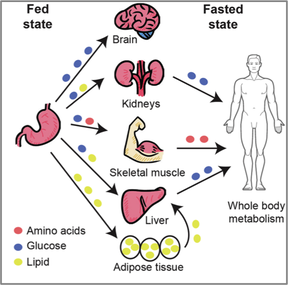 THE FED STATE - When we are healthy and well fed, amino acids (from protein sources), glucose (from carbohydrates), and lipids (from fats) pass from our circulatory system to the brain, kidneys, muscles, liver, and adipose tissue in support of the normal functioning of our body’s muscles, skeletal joints, and other organs. THE FASTED STATE -When food sources of energy are decreased or depleted (when we are in a “fasted state”), metabolism for maintenance of normal bodily functions depends on the transfer of energy resources (amino acids and glucose) stored mainly in the liver and skeletal muscle. This is all normal. So far, so good. What can go wrong? If illness or disease attacks our body or we fall into a malnourished state, amino acids are converted into glycogen (stored glucose) for energy, and are drawn directly from skeletal muscle to meet our metabolic needs. These abnormal conditions can have serious consequences. Depletion of the energy sources stored in the skeletal muscle can lead to:
A natural form of muscle loss—Sarcopenia There is also a natural form of loss of muscle mass called sarcopenia. Sarcopenia is the gradual loss of muscle mass and function that occurs with aging or the lack of use. Beginning as early as our 40s, our skeletal muscle tissue and strength begin to diminish in a linear fashion. By our 80s, up to one-half of muscle mass may have been lost. See the change from figure A to B on the left below. This process can lead to loss of function, disability, and frailty. In addition, not only do muscles lose mass, they are also subject to fat infiltration (see the change in the figure on the right). As our metabolism slows with advancing age, glucose from our food is processed less efficiently, and more of what we eat is stored as fat. We must actively, intentionally, use our muscles in order to counter (and reverse!) the effects of sarcopenia. This is part of striving to achieve health and wellbeing so that we can thrive and not merely survive.
|
AuthorRandall Lightbown is the founder, head coach and face of S+.
A certified strength training specialist, nutrition coach, martial arts adept and certified masso-kinesitherapist, Randall combines his expertise in the movement arts with a deep understanding of the human body. He dedicates his life to helping people of all ages achieve health and wellness and realize their greatest potential for healthy living, satisfaction and personal fulfillment. Archives
August 2021
Categories
All
To know more... and find out how to get a free introductory session...
|
PARTNERS WITH:
Contact us
In the Espace Santé IDS - Centre de santé Bien-Être
8 Place du Commerce - Ground floor
Nuns' Island, QC
H3E 1N3
Tel: 514-769-1010
8 Place du Commerce - Ground floor
Nuns' Island, QC
H3E 1N3
Tel: 514-769-1010
Copyright © 2021 S+ - All rights reserved


